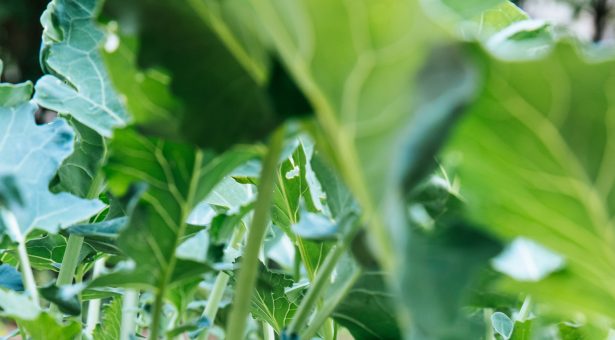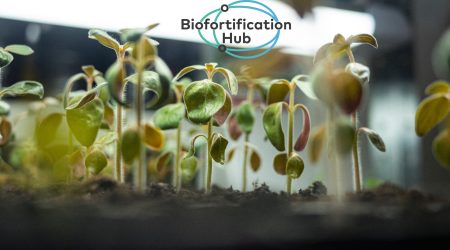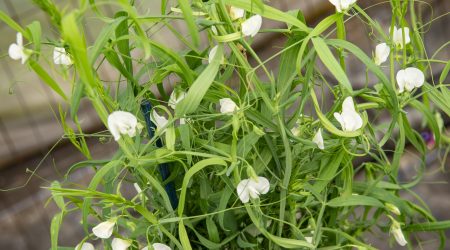The Top Five Blogs of 2021

Each and every Wednesday we publish our blog covering our plant and microbial science, the people and culture behind our research, our research collaborations and other exciting developments going on here at the John Innes Centre.
As we begin a new year, we thought we’d take a look back and share the most read blogs from last year, plus a few others.
All of the top five blogs, by webpage views, are curiosity driven questions about plant and microbial life.
These are questions that our scientists are interested in, or ones that we get asked a lot, and the top five introduces a wide range of research from across the institute.
Why are plants green?
This simple question about plants continues to be our most popular blog, first published in 2019. It was written by three undergraduate students during our International Undergraduate Summer School which over eight weeks gives students a taste of a career in plant and microbial research, including science communication.
Exploring both the long and short answer, Poppy, Lyvy and Tom explain the science of light and plants that gives them their green colour.
What is plant transformation?
A term associated with GM, Dr Erica Hawkins, describes the how and why of the process of inserting DNA into plants.
Here at the John Innes Centre, we are home to Crop Transformation team (BRACT) who offer transformation and genome editing in a range of species including wheat, barley and Brassica crops.
How do plants make starch?
Another blog authored by Erica Hawkins, find out what the molecule starch is and the important role it has inside plants, drawing on work from Alison Smith and David Seung research groups.
How do plants breathe?
We breathe in and out through our mouths but how do plants breathe? Originally featured on TheScienceBreaker.com, Professor Richard Morris and Hugh Woolfenden answer this puzzling question.
Why do microbes produce antibiotics?
As well as studying plants, we also study microbes and the final of the top five is a microbial question – why do microbes produce antibiotics? We have several researchers are working to find the next generation of antibiotics and study how they work. So, who better to answer the question of why microbes make antibiotics in the first place.
Other highlights
So that’s the top 5 most read articles, and they do make for some excellent reading. But, what other blogs did we publish in 2021? As you might imagine there’s a lot to choose from (55 in total from 2021), and as we publish great content every week of the year it is hard to pick just five.
We asked our Head of Communications and Engagement, Felicity Perry to select some of her favourite blogs from the 2021 archive.
She said, “In 2021 we launched the Director’s blog, which gives Professor Dale Sanders FRS a place to expand on a topic of interest or to explain something in more detail. Dale began the series with a look at resilient food production, climate change and the environment. Look out for more of these over the coming months.
Over the year I particularly enjoyed reading about the wide range of career paths and people at the John Innes Centre. We introduced a range of our scientists starting by introducing Group Leader Christine Faulkner, and Postdoctoral Scientist Carole Ibe. This was followed later in the year with a blogs about Researchers Susan Duncan, Ricardo Ramirez-Gonzales, Paul Kagame and Rebecca Devine.
We also had a flurry of Group Leader blogs from Phillipa Borril, Dimitry Ghilarov and our first blog of 2022 introduced Michael Webster. We also introduced PhD students, undergraduate students and visiting scientists over the year, we featured Rose McNelly, a 1st year PhD student who was part of the first cohort at our Year 10 science camp.
I could go on, as there’s so much great content to choose from – but I will just draw attention to one final blog written by Research Assistant Sergio Lopez, and took us on a journey through time and space, with a brief history of optical microscopy.
The John Innes Centre blog goes from strength to strength, and there is so much content there that it is a really tremendous resource. I would like to extend thanks to all the contributors, without you it just wouldn’t work.”
We’d love to hear what questions would you like to be answered about plants and microbes? Let us know on Twitter, Facebook or Instagram, or drop us an email



